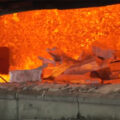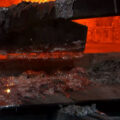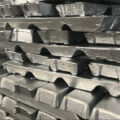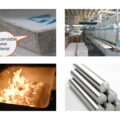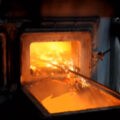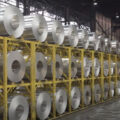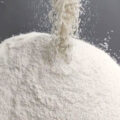Scrap aluminum recycling not only has significant energy-saving effects, but also can reduce CO2 and CO emissions released during production and generated by the power generation industry. This is of great significance to the prevention and control of air pollution, so scrap aluminum recycling is known as a kind of “green metal” production.
There are many kinds of scrap aluminum, and the composition is different, in fact, can not be treated with a single method, so the production of secondary aluminum can only be different for each material.
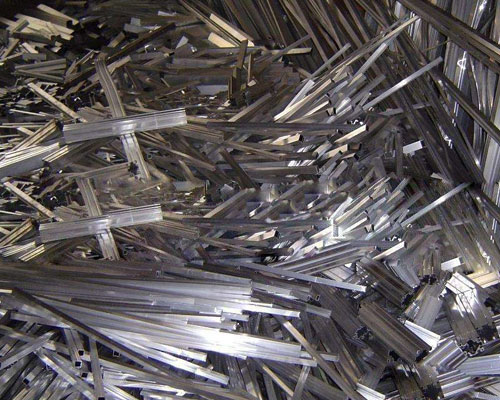
There are roughly the following types of industrial scrap aluminum
(1) Aluminum beverage cans.
(2) Aluminum chips produced during machining of aluminum and aluminum alloys can be directly added to the furnace.
(3) Scrap aluminum plates, wires, and profile products; waste parts, corners, risers, etc. from casting and forging aluminum products; electrical products, such as scrap from the cable production process; daily necessities, such as old furniture, doors and windows, counters and other aluminum parts.
(4) Aluminum-containing parts on scrap airplanes, ships and automobiles.
(5) Scrap aluminum. The unclear grades collected in the society and various deformed aluminum alloys and cast aluminum alloy scraps, which also contain rubber, plastics, iron parts, paper scraps and other inclusions, need to be separated before smelting.
(6) Aluminum slag. The aluminum slag from aluminum electrolysis plants and foundries contains more aluminum, which has a greater value for recycling.
The reason why aluminum is widely used to make beverage cans is mainly because of its good plasticity and low density. Therefore, aluminum can be used to make beverage cans to reduce energy consumption in transportation, and with its recyclable value, its economic benefits are great. Scrap aluminum such as beverage cans, as long as the color on the outer surface is removed, after being packaged into a bundle, it is sent into the furnace and melted into an alloy. Then adjust a certain composition and cast it into a secondary aluminum alloy ingot, which can be re-applied to make new cans.


